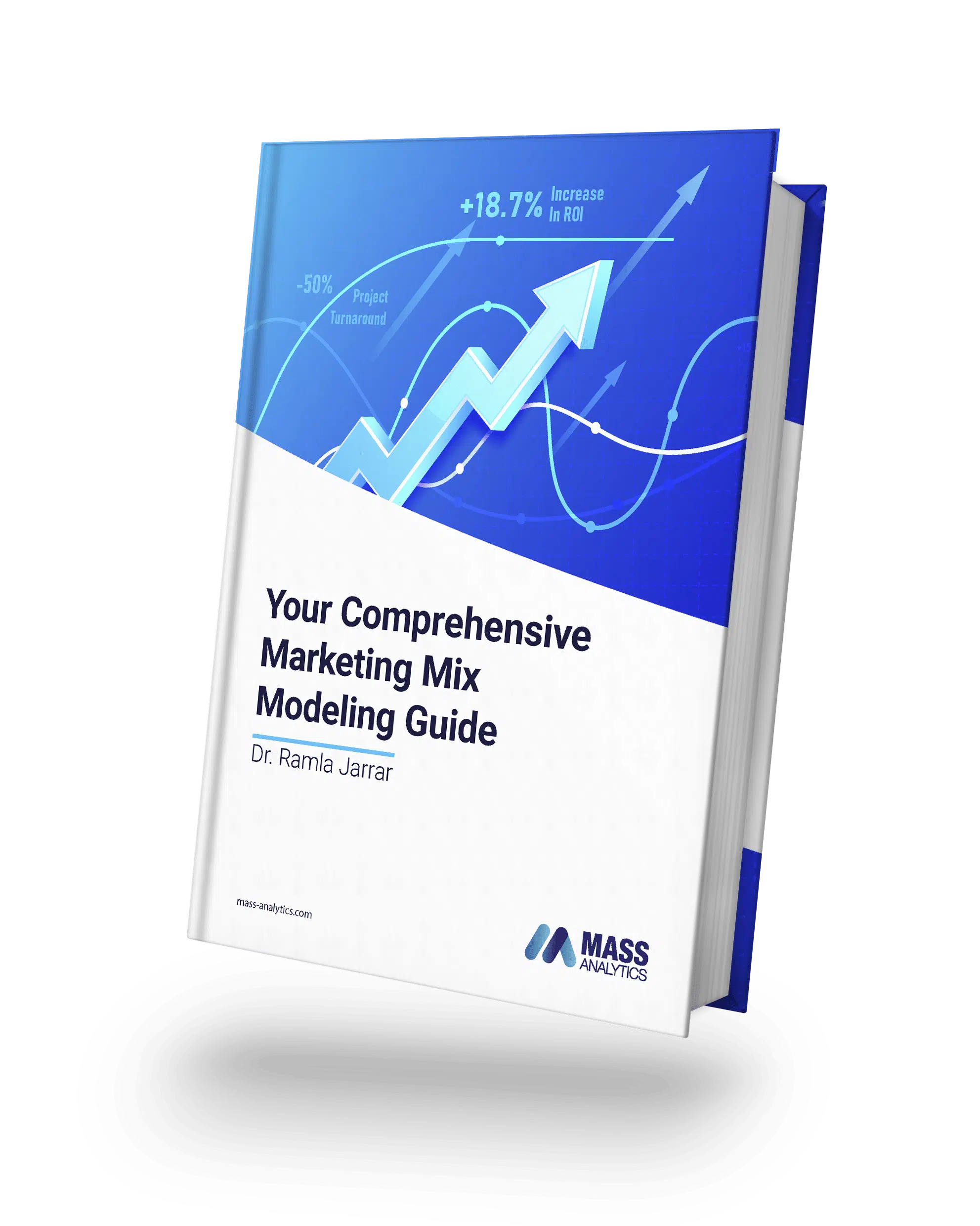How To Leverage Ground Truth Data To Enhance Your Marketing Mix Model
The assumptions on which Marketing Mix Modeling is built will affect your choice of variables, results, and business story. But what happens if these assumptions are untested, and they turn out to be wrong?
Marketing Effectiveness specialist Mike Cross states “Making the wrong decisions off a bad model costs up to -40% of your media-driven revenue, versus MMM (Marketing Mix Modeling) applied properly which can deliver +30%.” That is a lot at stake.
“Theory will take you only so far” as Oppenheimer said. That is why it is important to confirm these assumptions with actual real-world feedback and adjust accordingly for maximum accuracy. This is done with ground truth data!
What is Ground Truth?
Ground truth is defined as information that is known to be real or true, provided by direct observation and measurement (i.e., empirical evidence) as opposed to information reached through inference.
Common Sources for Ground
Truth Information in MMM
Ground truth is defined as information that is known to be real or true, provided by direct observation and measurement (i.e., empirical evidence) as opposed to information reached through inference.
- Lift Studies/RCTs
- MTA (Multi Touch Attribution)
- Market research (price elasticity, brand studies, etc.)
- Industry/Government data
- Your stakeholders’ assumptions themselves (when they are grounded on strong business beliefs.)
- Previous MMM project results
However, to best leverage this information in your MMM models, you need to understand the methodology used by each source of ground truth. This is particularly important for your credibility as a Measurement specialist. Let us take for example: MMM, MTA and Lift Studies that exhibit many disparities that one should be aware of:
Horizon of Analysis:
- Lift Studies: These are conducted over short periods, typically spanning weeks. They offer a quick, tactical snapshot of marketing efforts.
- Marketing Mix Modeling (MMM): MMM takes a longer-term perspective, usually analyzing data over three years. It provides strategic insights into marketing effectiveness.
- Multitouch Attribution (MTA): MTA operates on a monthly timeframe, falling between the short-term focus of Lift Studies and the longer horizon of MMM. It serves as a tactical tool with a bit more depth.
Type of Output:
- Lift Studies: They tend to provide straightforward, immediate insights into the impact of specific marketing activities but may lack depth for strategic decisions.
- Marketing Mix Modeling (MMM): MMM generates comprehensive strategic insights by quantifying the contribution of various marketing channels and factors to overall performance.
- Multitouch Attribution (MTA): MTA offers a detailed view of customer journeys, attributing value to individual touchpoints, making it suitable for refining tactical marketing strategies.
Use Cases:
- Lift Studies: These are best suited for short-term, campaign-specific optimization. They help identify quick wins and immediate adjustments.
- Marketing Mix Modeling (MMM): MMM is a powerful tool for long-term strategic planning, budget allocation, and understanding the impact of marketing efforts on sales and profitability over time.
- Multitouch Attribution (MTA): MTA is valuable for refining tactical marketing strategies, optimizing customer journeys, and allocating resources to specific touchpoints within campaigns.
Not All Ground Truth is
Created Equal
Ground truth can be misleading if filled with inconsistencies or not measured properly. That is why you must pay attention to the accuracy and quality of the ground truth data you use. To do that, consider asking the following questions:
- Is the data complete? Are there any obvious errors or missing parts?
- Does the data represent the overall picture accurately?
- Is it up to date?
- Does the data truly reflect the specific KPI (Key Performance Indicators) I need to predict?
- What methodology was used to provide the ground truth
In general, Randomized Control Tests/Trials are a useful source of ground truth for MMM models. In fact, a recent study by Meta highlighted how experiments led to an MMM model correction of 15% on average. Note that the more converging sources of ground truth data you have, the more confident you can be of what your model is telling you.
Ground Truth Example
When modeling a D2C brand, we realized we had to adjust the synergy impact generated during the COVID-19 period. Unlike other types of businesses, the pandemic was a boon for our client as their consumers stayed home and shopped online for their products.
Naturally, the model showed that COVID-19 had a big positive impact and strong positive synergy with different variables, particularly with the Search variable. Because of the synergy split setting, the model was giving a lot of credit to Search. We found this unrealistic, and we needed to adjust the synergy using ground truth.
In the UK, where our client operates, only 5% of web traffic comes from that search provider. We verified this for the client’s specific case and used Google Analytics to validate the finding.
Therefore, we translated this ground truth into the model by calibrating the synergy weight between Search & COVID-19, attributing the important proportion of the synergy to the external factor COVID (95% of the synergy) and keeping a lower part to Search (5%). Interestingly, the MMM results obtained were remarkably close to what MTA provided which was recomforting for our client (another source of Ground Truth).
Conclusion
By embracing empirical evidence and aligning assumptions with real-world conditions, your MMM model becomes more reliable, accurate, and trusted by the business to lead to successful marketing outcomes.







